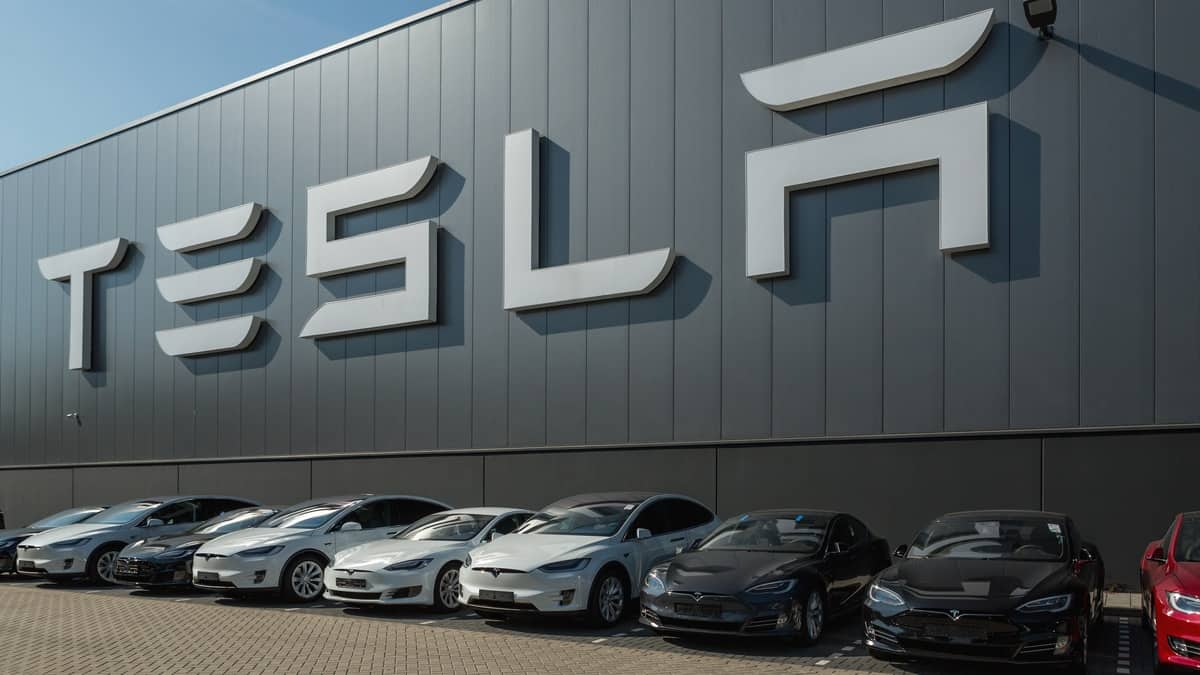Tesla‘s estimated global order backlog for its electric vehicle offerings saw a remarkable reduction to below 100,000 units at the end of 2022, as per InsideEVs.
“The numbers are based on carefully tracked Tesla-related stats (production volume, average wait times for each model), as shown in the attached tweet, the report notes.
Tesla’s global electric car order backlog
Troy Teslike revealed that Tesla’s estimated order backlog dropped by 74,000 as of December 31. Notably, it represents a decline of 61% to 116,000 units from November’s record of 190,000.
The report highlighted that the noticeable decline has dramatically increased in the last weeks since the previous figure was 163,000 as of December 8, 2022.
For comparison, below is the table of Tesla’s order backlogs in the previous months:
| Months | Order backlogs |
| March to July | nearly 500,000 |
| August | nearly 400,000 |
| September to October | nearly 300,000 |
| November | nearly 190,000 |
| December | below 100,000 |
These data indicate that the overall value has decreased by over 400,000 units (85%) since July 2022.
Estimated manufacturing capacity
As per the report, Tesla’s order backlog of 74,000 units on December 31 equates to around 23 days of production capacity.
For reference, below are the initial manufacturing capacity estimates:
- 40 days on December 8
- 44 days on November 30
- 70 days on October 6
- 78 days on September 21
Notably, these estimates come as no surprise given that Tesla produced significantly more than the number of new electric cars sold during this period.
Order backlog per market
Tesla’s estimated order backlog of 74,000 units in December is a global average.
Diving deeper into the data, US and Canada’s order backlog dried out, based on the report.
Even more, Tesla’s order backlog in China has now dropped to 3,086 units.
| Market | Order backlog |
| US | 0 |
| Canada | 0 |
| Europe | 44,501 |
| China | 3,086 |
| Other | 26,151 |
| Total | 74,000 |
As per the report, China was the first of the three major markets to dry up. The US followed it, apparently influenced by modifications to the federal tax credit incentive. For those unaware, the new standards under the Inflation Reduction Act forced some buyers to postpone their purchases.
However, it can be predominantly brought on by the massive increase in production capacity than in demand.
Demand and supply disparity
In retrospect, Tesla reported a YoY production growth of 47% to 1,369,611 electric cars in 2022. However, it only delivered 1,313,851 (up 40 percent YoY).
That considered, Tesla implemented price cuts on its selected EVs worldwide, particularly in China. Previous reports suggest that Tesla gained 30,000 orders in the country following the announcement.
Tesla’s US prices have also reduced, along with the introduction of the new federal tax credit of up to $7,500 for its qualified EVs.
Meanwhile, Tesla’s prices also saw reductions in Europe, indicating that the move was a worldwide strategy.
Nonetheless, we can only wait for the data release in Q1 and Q2 of 2023. It will not be surprising if Tesla ramps up its EV volume in all markets.

